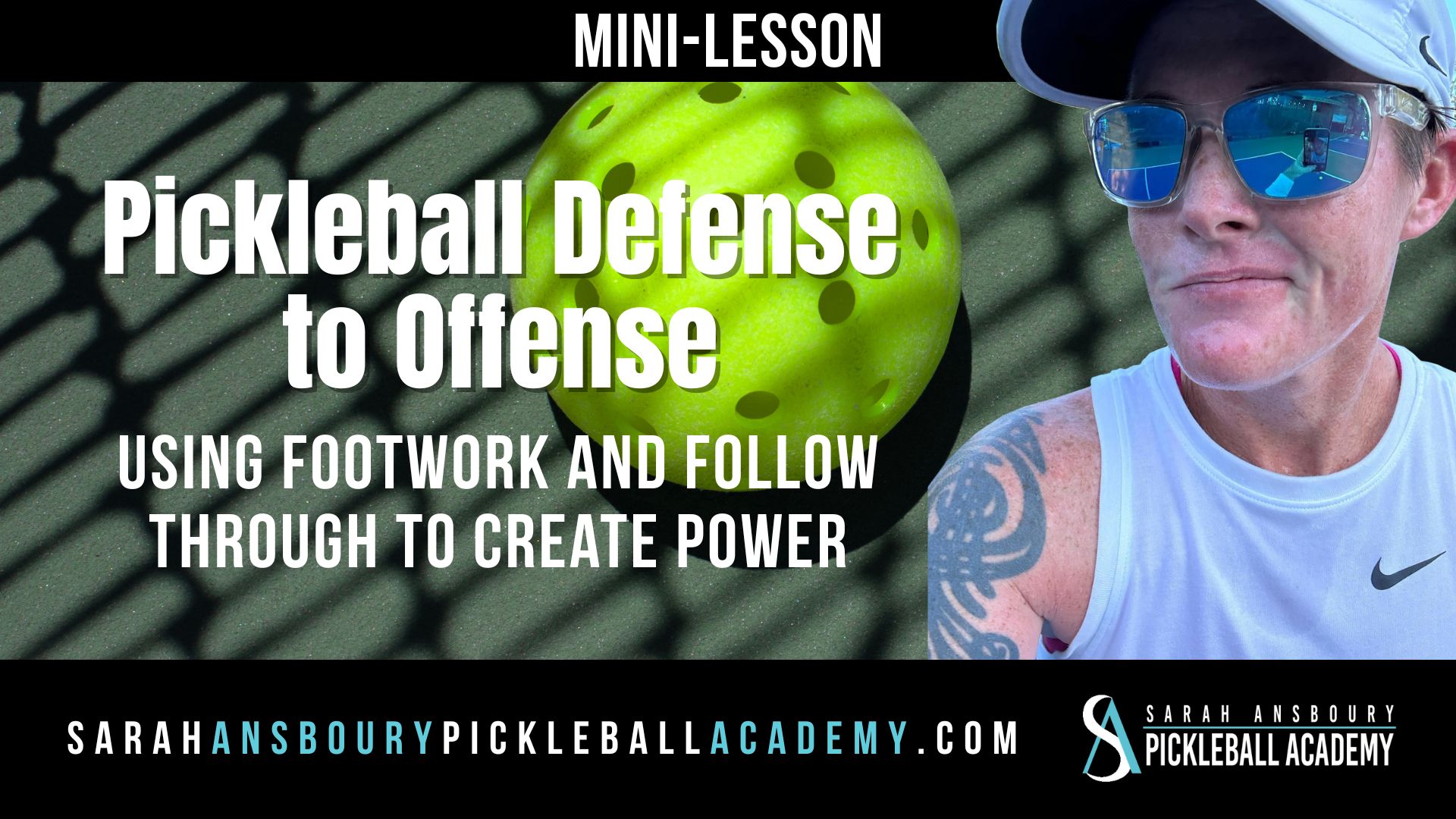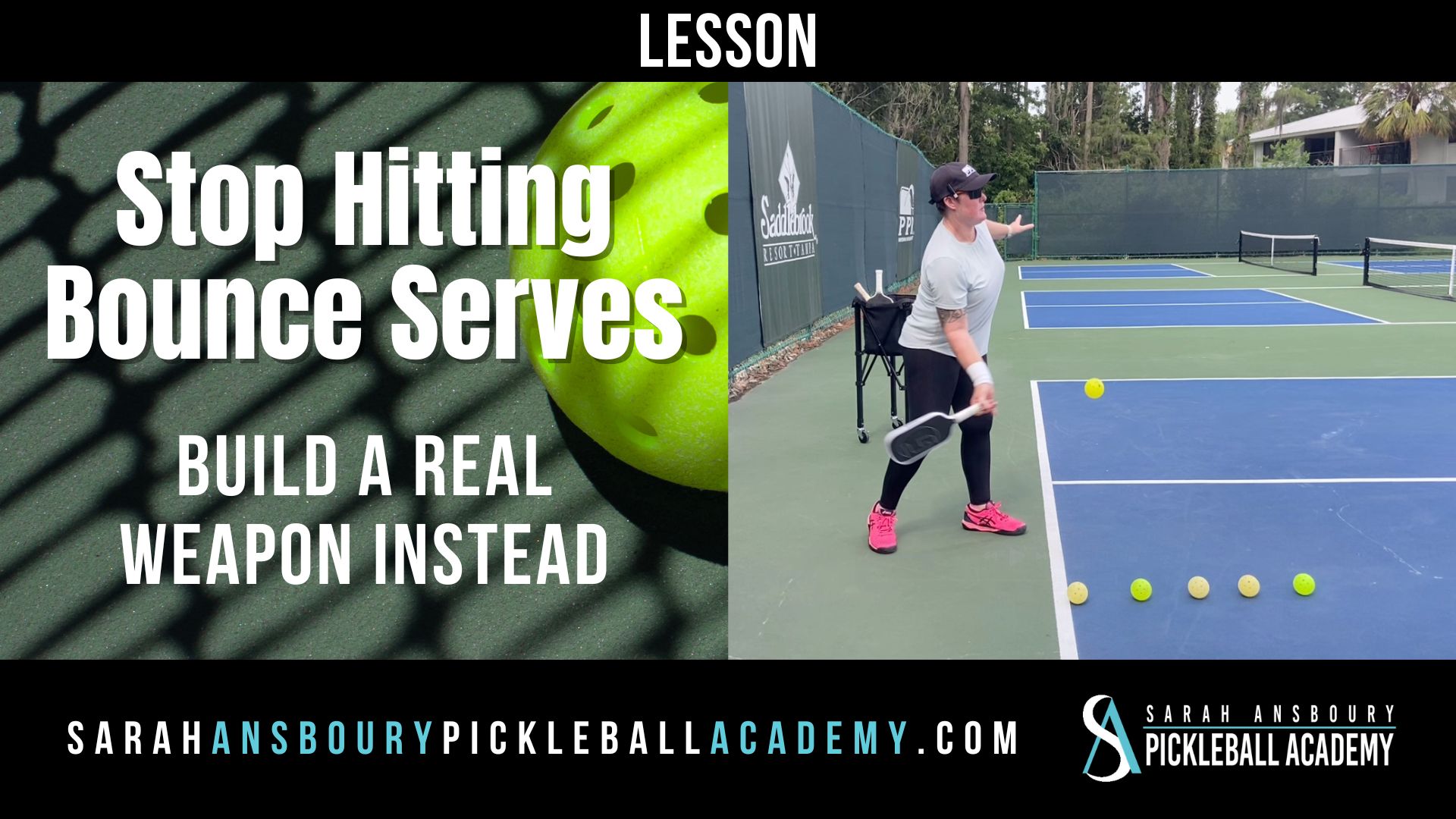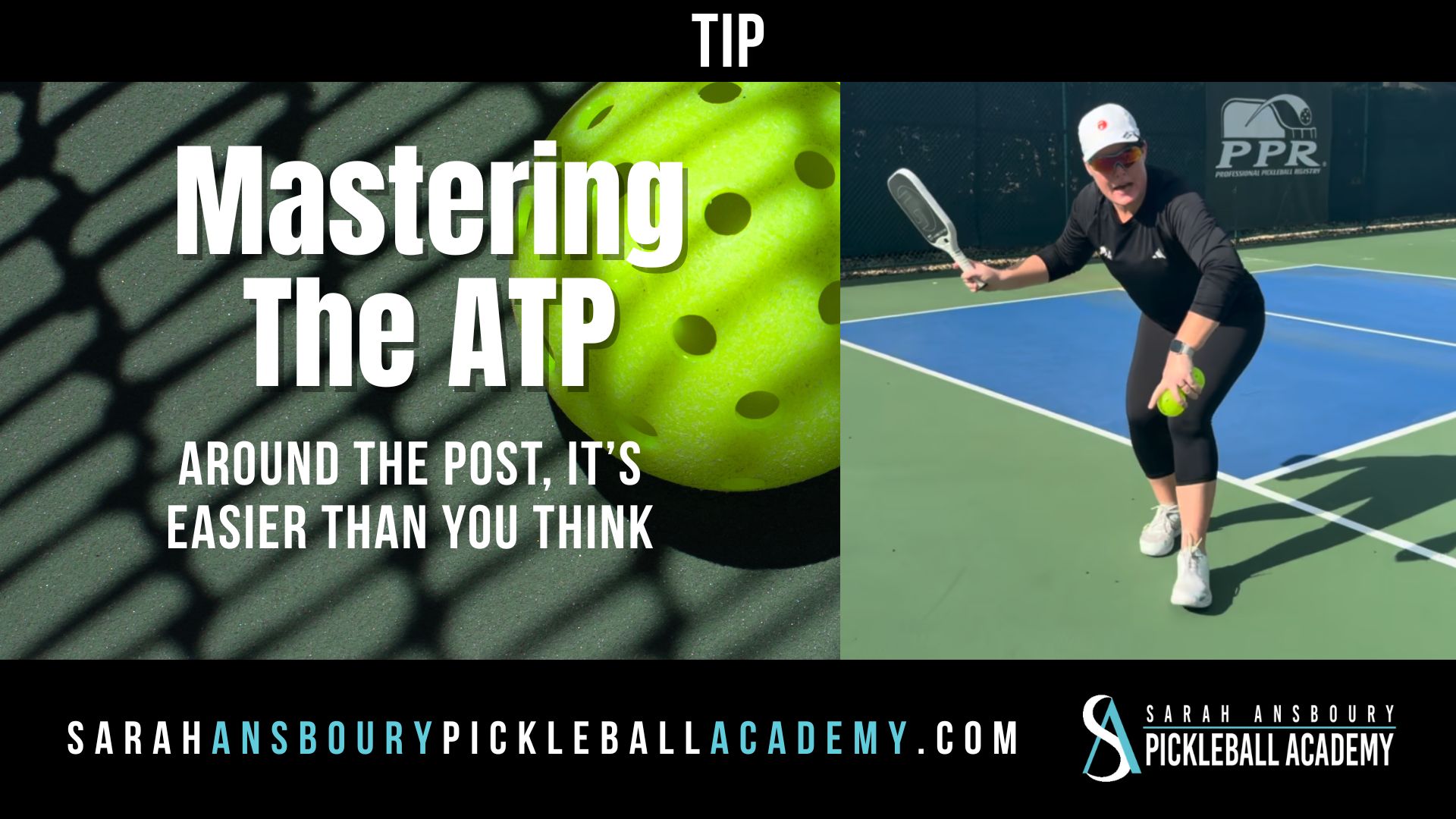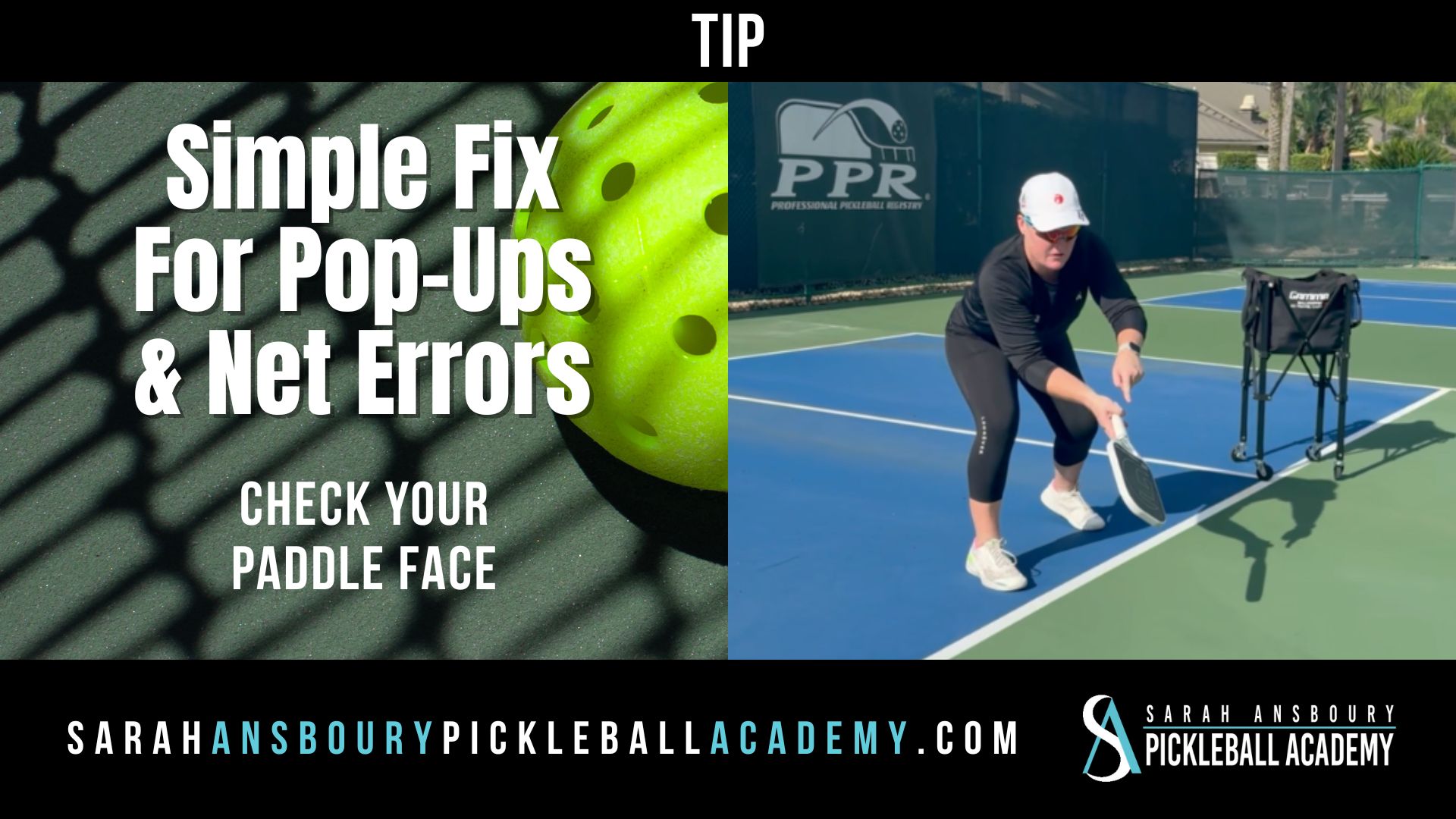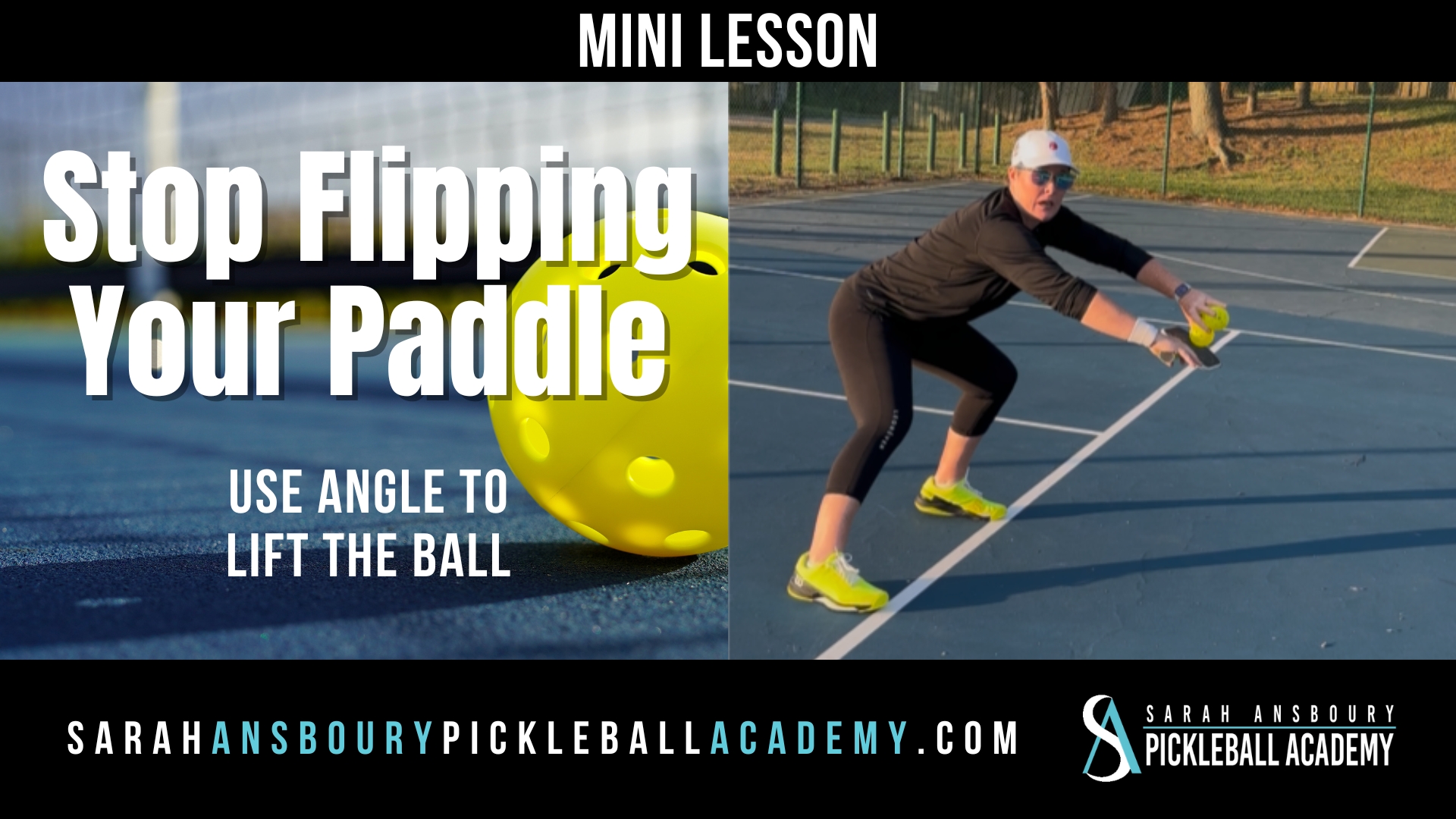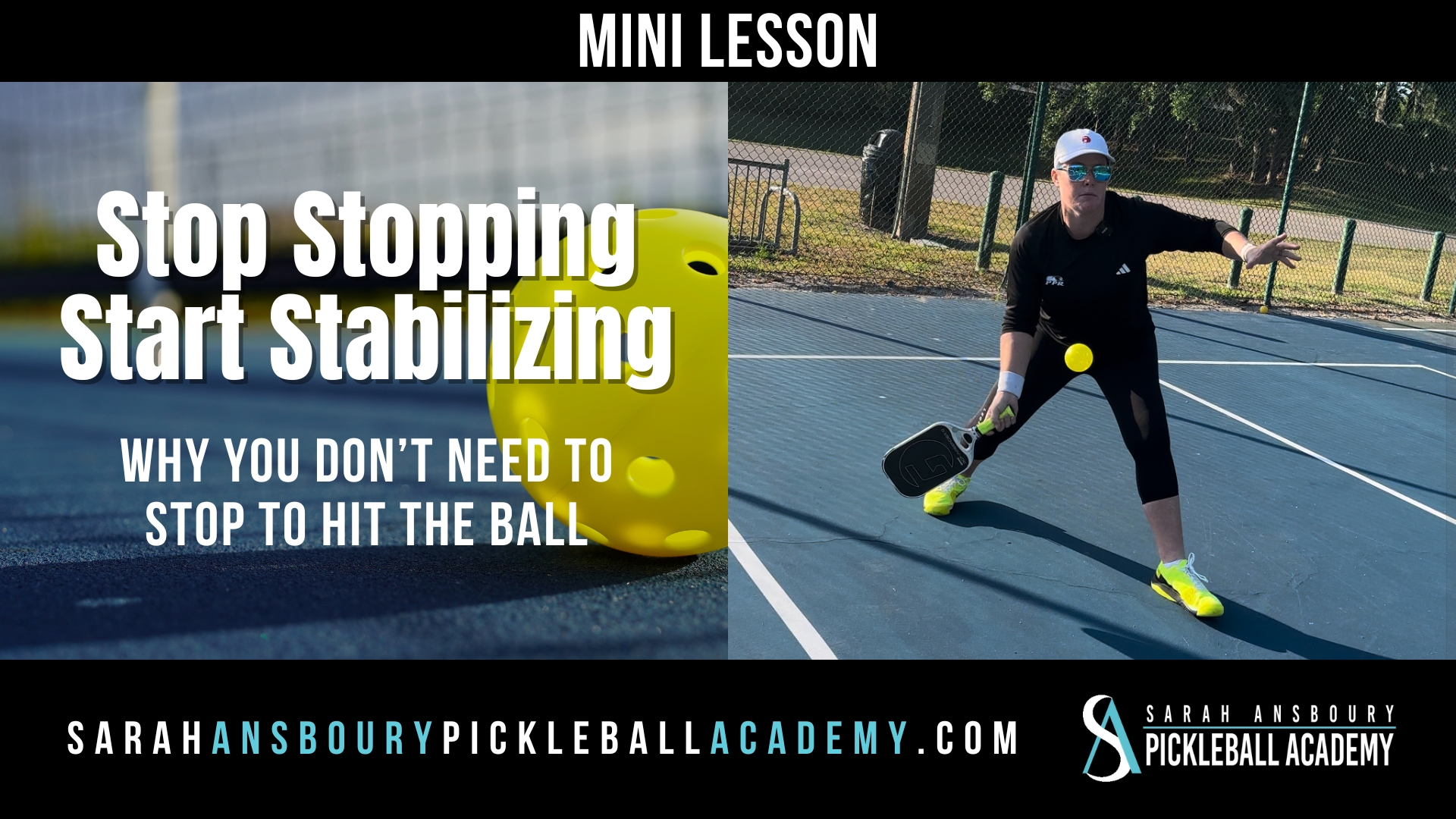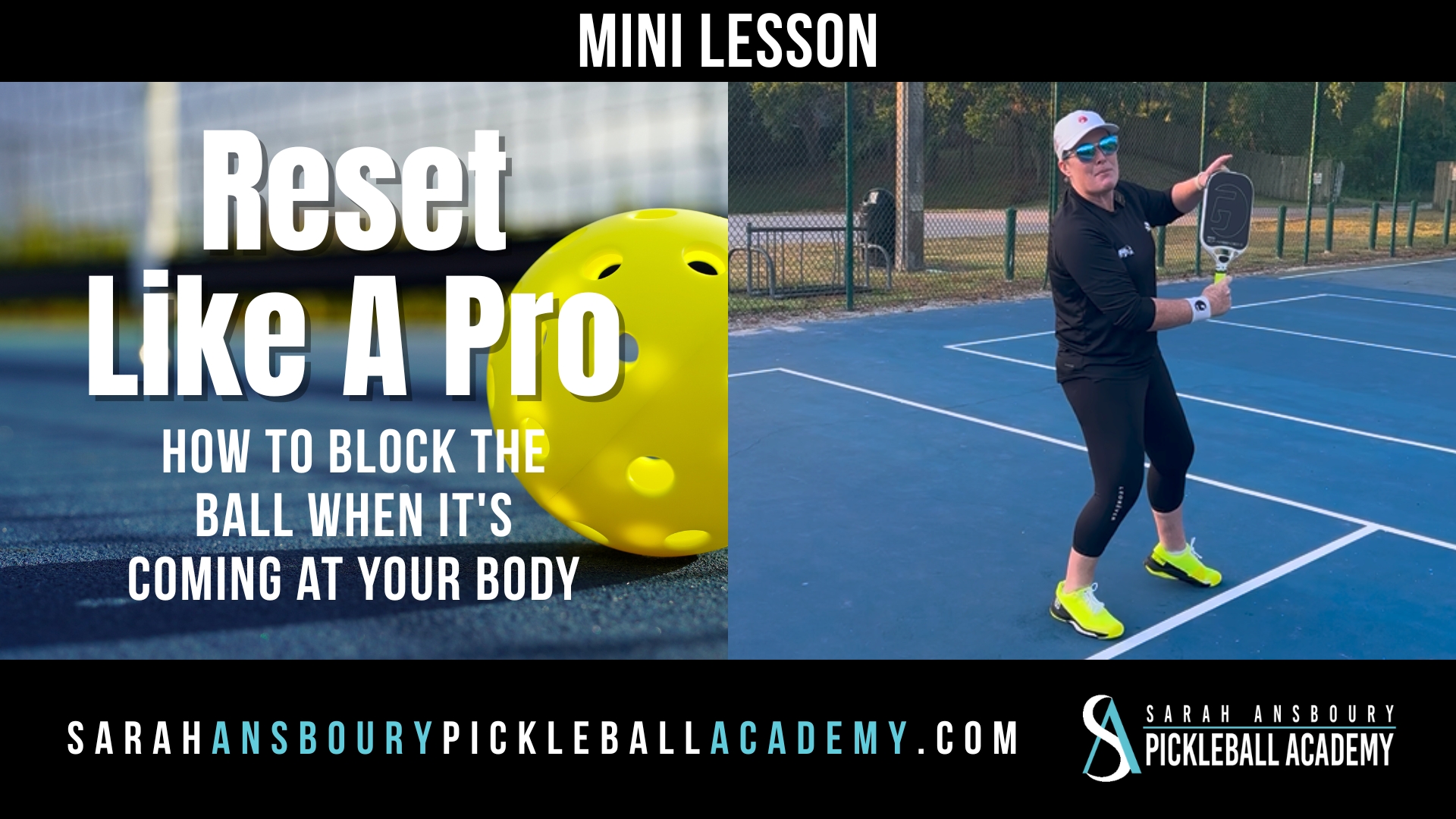Last week, we talked about cutting off the corners to create a more offensive dink. Now, let’s take that concept a step further—redirecting the ball to control the point.
Why Does This Matter?
The more I move my opponent, rather than moving myself, the more control I have. The goal is to dictate the point, and one of the simplest ways to do that is by changing the direction of your dinks.
The Key: Extension and Shoulder Hinge
When I’m dinking cross-court, I focus on extension—my paddle moves away from my body, finishing towards my target. Now, if I want to take that same ball and redirect it down the line, the motion comes from a hinge at my shoulder.
That’s it. No big swing, no extra motion. Just a simple push in the opposite direction.
Two Ways to Redirect
You can change direction off the bounce or out of the air—it depends on your positioning and readiness. Either way, your weight should stay forward, not falling back.
A common mistake? Trying to generate power by flicking the wrist or elbow. That’s a lie! The power comes from a clean, forward motion, not from muscling the ball.
Posture and Vision: The Hidden Keys
Most players make this harder than it needs to be because they move too much between shots. Instead, keep your posture upright and your head level.
If you drop your head, your shot is likely going into the net or popping up too high. Keep your chin up, so you can see your cross-court opponent AND the person in front of you. This allows you to read the court and make quick, effective direction changes.
The Takeaway
By keeping your motion simple—using extension for cross-court dinks and a shoulder hinge for down-the-line shots—you turn your dinks into an offensive weapon. With the right preparation and contact point, you can attack even from below the net. Less is more, and a well-placed dink can do more damage than a big swing ever will.
Let’s get to work and start making our dinks a little more dangerous!

